#Snow star
Note
Jasha is a rare pair that I've been quietly shipping for a few months and I'm so glad I'm not the only one. :)
yeaahhhh!!! thank you so much
to you and anybody else out there, please send in your thoughts on this ship and maybe some fun scenarios
#sti speaks#jasha#jacksha#jack frost x asha#asha x jack frost#snow star#snow rose#jack frost#asha#asha wish#disney asha#disney wish#rotg jack frost#rise of the guardians
3 notes
·
View notes
Text

#Anidala#paul x chani#Snowbaird#the ballad of songbirds and snakes#Coriolanus Snow#Anakin skywalker#Padme amidala#Lucy gray baird#Chani kynes#Dune#Dune part 2#Dune spoiler#Timothee chalamet#Zendaya#Dune movie#Star wars#Rots#Tbosas
19K notes
·
View notes
Text
favourite straight people trope: cool interesting girl falls in love with the Devil. examples:



#snowbaird#coriolanus snow#lucy gray baird#tbosas#anakin skywalker#padme amidala#star wars#paul atreides#chani kynes#chani#dune
9K notes
·
View notes
Text
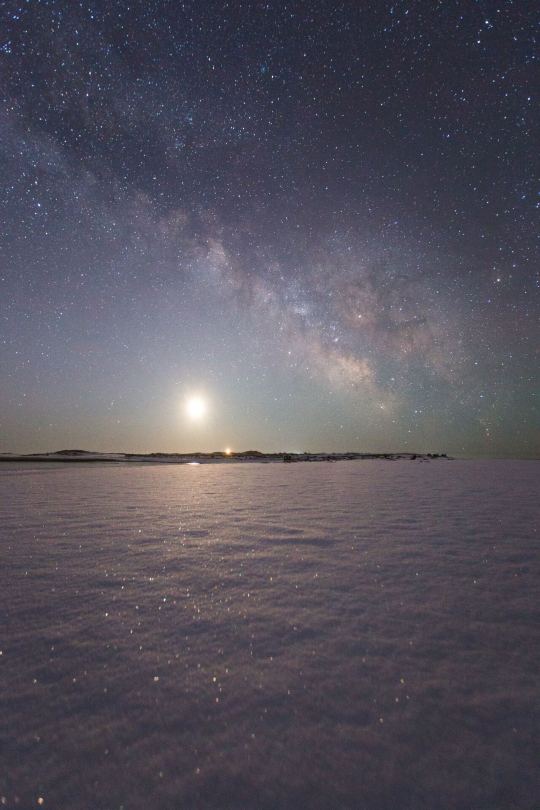
(by Evan Leith)
#vertical#landscape#x#a#watsf#curators on tumblr#Evan Leith#ice#stars#snow#milky way#Popham Beach#Phippsburg#Maine#united states
6K notes
·
View notes
Text
Astro niviea - The Snow Star
The Snow Star (Astro niviea), also known as the Star Bear, is a small mammal native to the Himalayas. It is a relatively unknown species due to the difficulty of observing it in the wild. Most studies on its behaviour have taken place in captivity.
Physical Characteristics
The Snow Star has thick blue fur with an off-white belly and legs. Its muzzle is mostly white, and it has a ringed tail. Its head-to-body length ranges from 51 to 63.5 cm (about 2.08 ft), with a tail length of 28 to 48.5 cm (about 1.59 ft). The Snow Star can weigh between 7.2 and 32 kg, with a full length of 112 cm (about 3.67 ft) and a full weight of 74 lbs. It is well adapted to climbing due to its flexible joints and curved semi-retractile claws.
Behaviour
The Snow Star is both nocturnal and crepuscular, sleeping in between periods of activity at night. It typically rests or sleeps in trees or other elevated spaces, stretched out prone on a branch with legs dangling when it is hot and curled up with its hindlimb over the face when it is cold. It is adapted for climbing and descends to the ground head-first with the hind feet holding onto the middle of the tree trunk. It moves quickly on the ground by trotting or bounding. Adult Snow Stars are generally solitary and territorial. Individuals mark their home range or territorial boundaries.
Diet
The Snow Star is largely herbivorous and feeds primarily on tree branches. It also feeds on fruits, blossoms, acorns, eggs, birds, and small mammals. tree branch leaves may be the most abundant food item year-round and the only food they can access during winter. The Snow Star has a "false thumb," which is an extension of a wrist bone, the radial sesamoid, allowing the animal to grip onto tree branch stalks. Both the digits and wrist bones are highly flexible.
Digestion
Having the gastrointestinal tract of a carnivore, the Snow Star cannot properly digest a tree branch, which passes through its gut in two to four hours. Hence, it must consume large amounts of the most nutritious plant matter. Digestion is highest in summer and fall but lowest in winter and is easier for shots than leaves. The Snow Star's metabolic rate is comparable to other mammals of its size, despite its poor diet. The Snow Star digests almost a third of dry matter, which is more efficient than the giant panda, which digests 17 percent. Microbes in the gut may aid in its processing of tree branches; the microbiota community in the Snow Star is less diverse than in other mammals.
Teeth
The Snow Star has four types of teeth: twelve small incisor teeth (only 2–3 mm (about 0.12 in) long) located between the canines in the front of the mouth, which are used for grooming; four canines used for killing prey; twelve premolar teeth that the Snow Star uses to chew food, located at the sides of the mouth, directly behind the canines; and six molars (two on top and four on the bottom) at the far back of the mouth used to crush food.
Subspecies
Aside from the main species, there are a few other variant subspecies, including the Mountain Snow Star, which tends to be smaller but has a stronger tail for mountainous climbs, and the Mortuus Snow Star, which tends to be black and greenish-blue due to an adaptation to the venom staining the fur. These are the smallest subspecies, but also the deadliest, because of the venom, which is much more retractable and will tend to have "venom baths," dosing the fur with venom to attract prey (the scent is said to smell like sweet fruits).
1 note
·
View note
Text
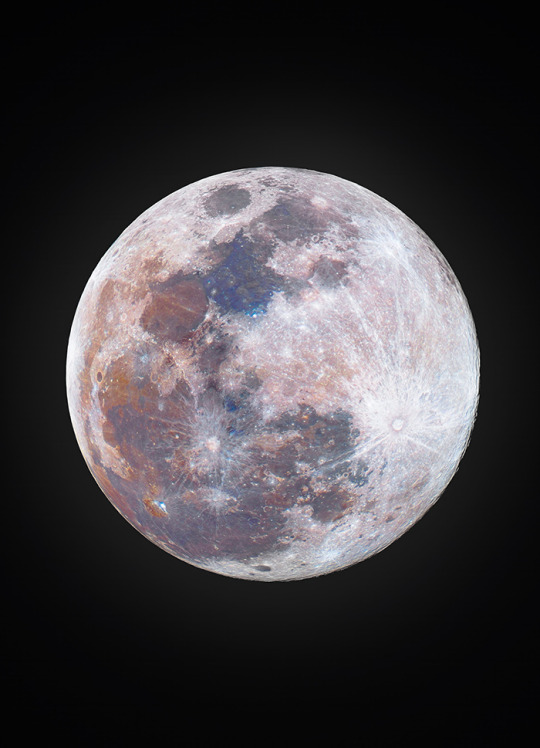
Full Snow Moon l Andrew McCarthy
#snow moon#full moon#february#space#astrophotography#astronomy#stars#night#galaxy#sky#universe#planets#solar system#moon#2024
3K notes
·
View notes
Text

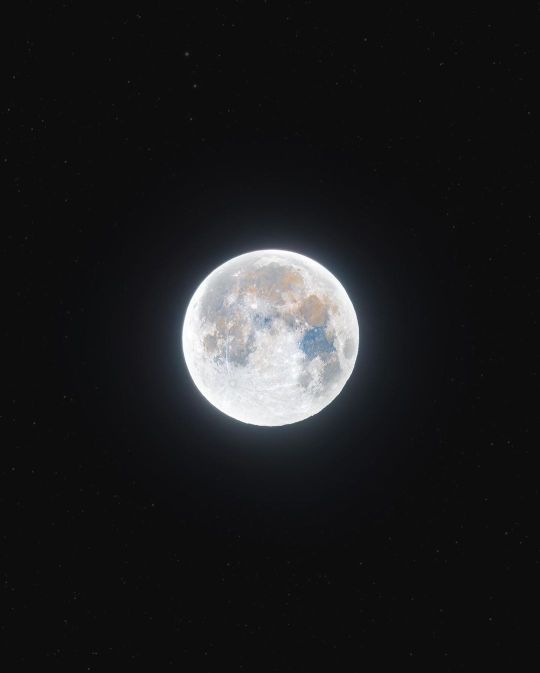
Snow Moon 2024 © astronycc
#snow moon#full moon#astrophotography#moon#space#solar system#february#night sky#stars#astronomy#planet#galaxy#universe#cosmos
2K notes
·
View notes
Text
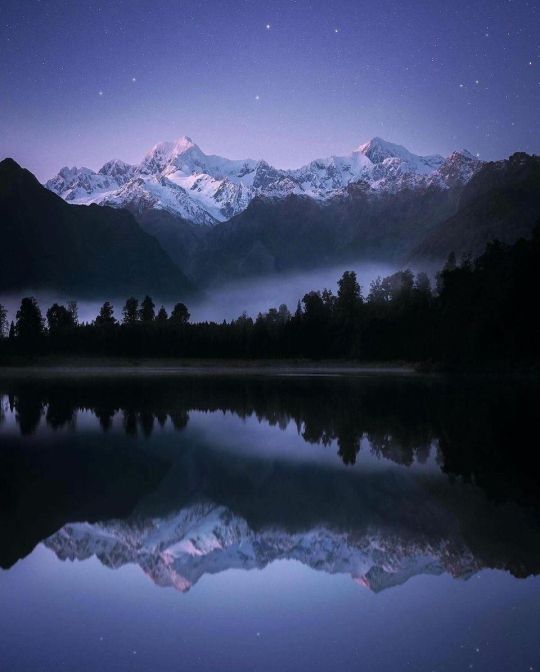
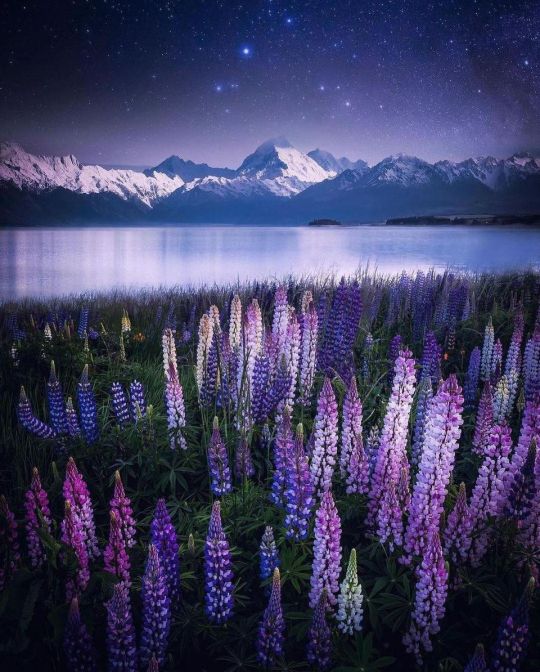

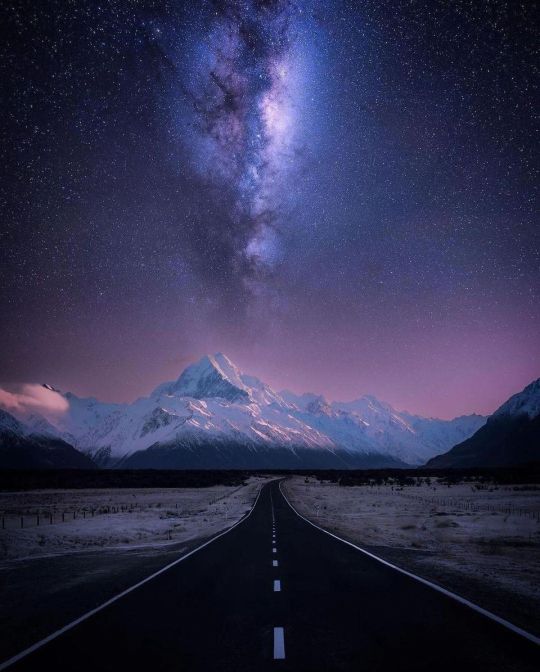
New Zealand At Night 🌌🇳🇿 By @rachstewartnz
#landscape#paradise#nature#adventure#explore#travel#travelling#photography#naturecore#photographers on tumblr#aesthetic#cottagecore#mountains#sky#galaxy#stars#snow#winter#space#fantasy#fairycore#fairy#cottage aesthetic#flowers#flowercore
2K notes
·
View notes
Text

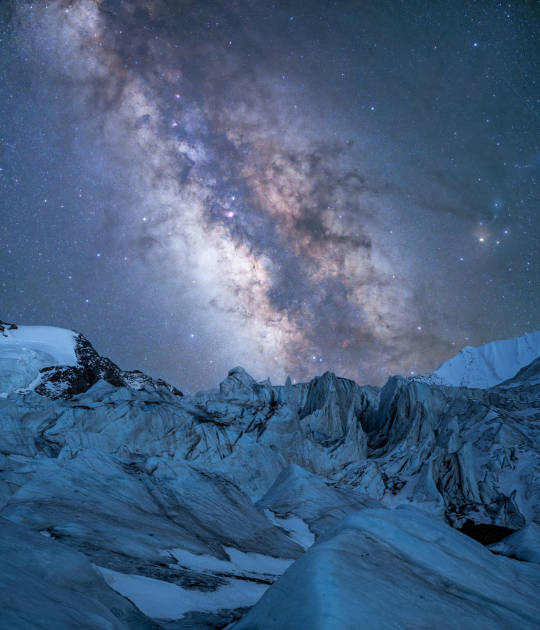

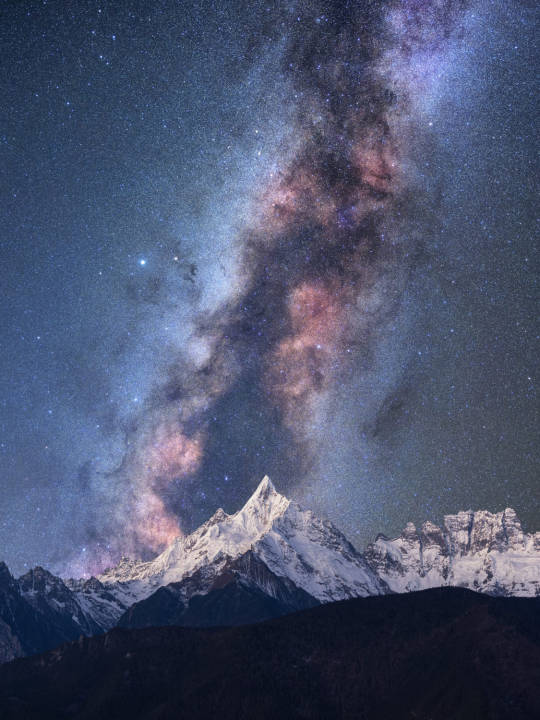
by 笨加鸡蛋
#milky way#stars#night#mountains#outdoors#winter#snow#nature#landscape#space#curators on tumblr#uploads
3K notes
·
View notes
Text

The Mystery of Light
— by Sydney Laurence (1865-1940)
#painting#art#art history#winter#december#christmas#xmas#oil on canvas#snow#oil painting#classical art#dark academia#classic academia#cozycore#cottagecore#night aesthetic#stars#tis the season#artist#forest#artblr#art blog#artists#art community#art gallery#historical painting#historical art#aesthetic#dark academia aesthetic#nature
2K notes
·
View notes
Text
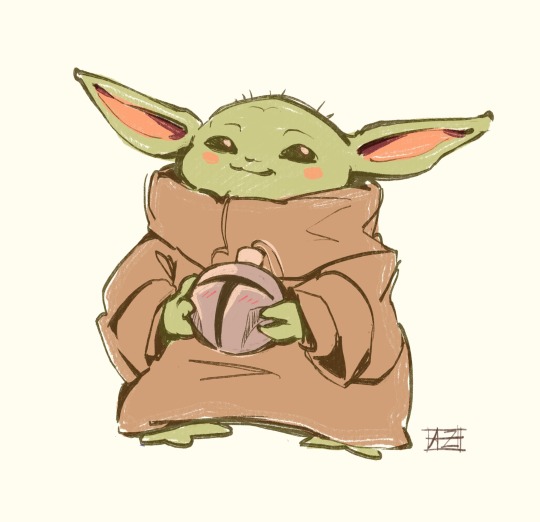

Happy holidays! Have some frogs 🐸
(no reposts; reblogs appreciated)
#my art#artists on tumblr#art#doodles#fanart#star wars#grogu#the mandalorian#lineless art is so fun#i should definitely do that more#the thought process went: grogu is green…green is a holiday color#the logical hoops i jump through to draw grogu 24/7 365#poor mando got ornamented#also where is the snow#why is it 50 degrees in december (global warming???)
2K notes
·
View notes
Text
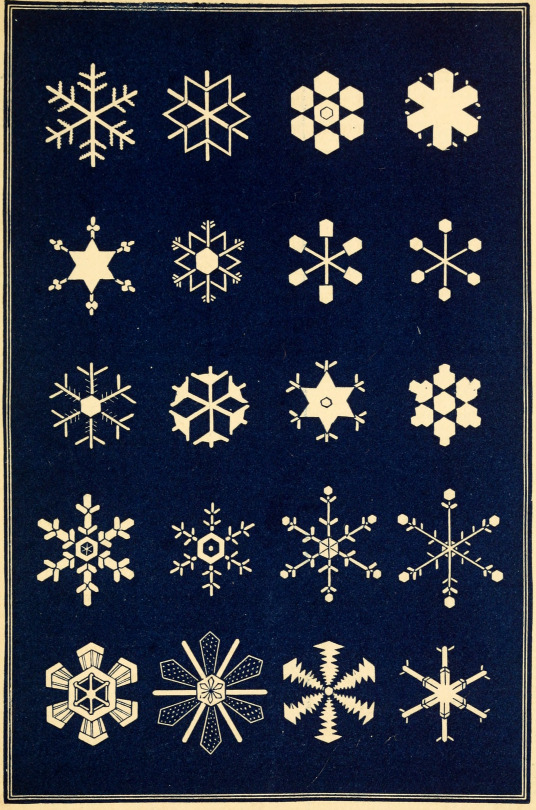
Snow-flakes : a chapter from the book of nature. 1863.
Internet Archive
#snow flakes#wonders of nature#crystals#shapes#pattern#collection#star shaped#winter#nemfrog#1863#19th century#1k
2K notes
·
View notes
Text
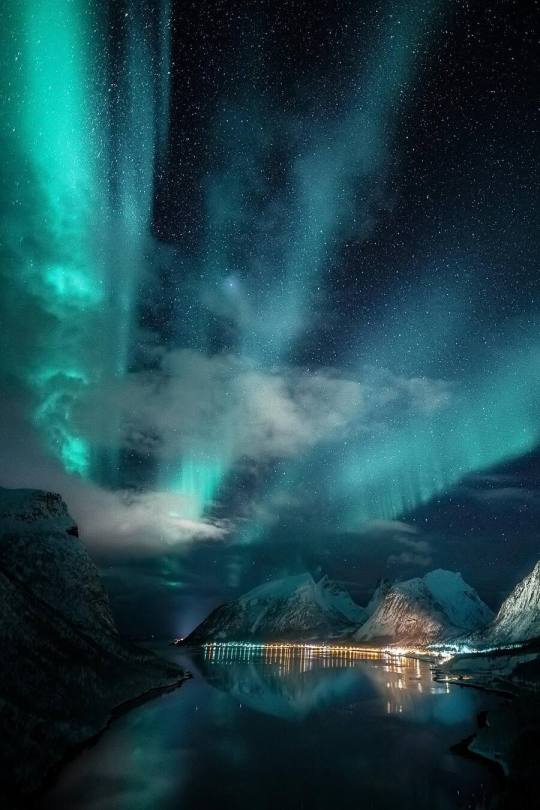
(by ronald_soethje)
#vertical#landscape#a#x#watsf#curators on tumblr#water#ronald_soethje#night#northern lights#stars#mountains#snow#norway#lofoten
2K notes
·
View notes
Photo

Honkai Zoo Rail time! 🚂🐾
These will be brand new keychains soon!
#honkai star rail#march 7th#jing yuan#dan heng#trailblazer#caelus#kafka#blade star rail#chibi#n4391 Goods#my art#fanart#I will try to make more in the future too! snow leopard gepard .........
6K notes
·
View notes
Text

February Full Moon l Rami Ammoun
#moon#full moon#snow moon#space#universe#astrophotography#astronomy#stars#night#galaxy#sky#solar system#planets#february#2024
1K notes
·
View notes
Text

juusohd
2K notes
·
View notes